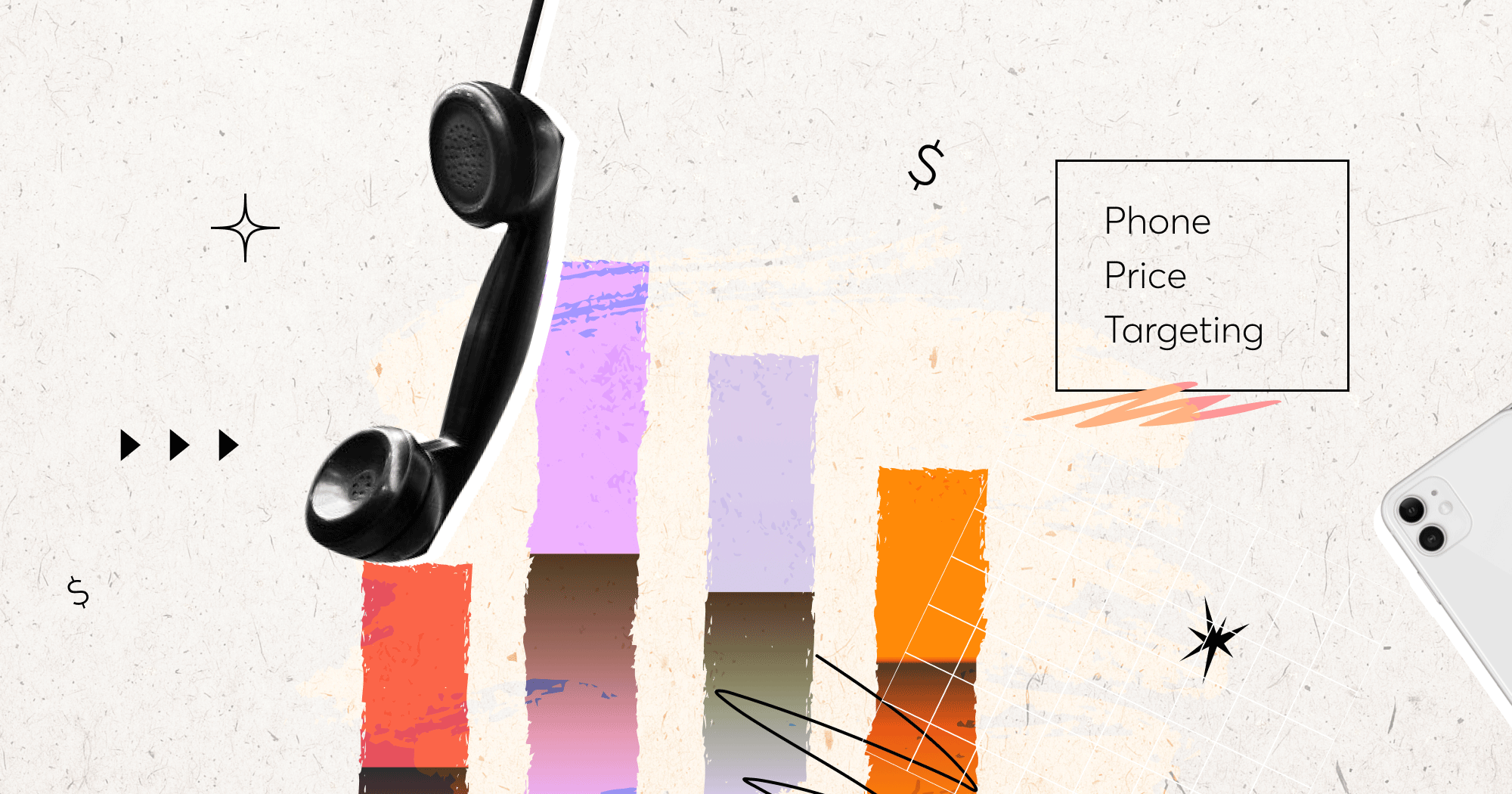A new feature on the MGID platform allows you to target ad campaigns based on the price of a user’s mobile phone.
As an advertiser, having diverse targeting options and campaign optimization tools at your disposal is crucial. Our newest targeting allows advertisers to pinpoint the price of a user’s smartphone model in their mobile campaigns.
How the Phone Price targeting feature appears on your dashboard
With this newly launched feature, you can include or exclude specific phone price tiers from your campaign. See below for the targeting grid available on the MGID platform.

Once you have chosen your desired phone price tiers, save these settings by clicking the “Confirm” button.
Note that this targeting option is not available for desktop, tablet or smart TV traffic.
In order to get the most out of your campaigns, it’s important that you keep an eye on how different price ranges are performing. To analyze data and optimize campaigns based on phone prices, you should enable custom tracking tags, set the {price_range} tag and save the campaign.

Once the custom tracking tag is set, you can see the “Phone Price Ranges” tab in the Detailed Statistics section or you can use these ranges as a dimension in the “Conversion Stats” reports. This way, you can assess the actual performance of different price tiers.
What Phone Price targeting can do for you
This enhanced targeting feature is particularly useful when looking to reach audience segments with different purchasing power. Now, advertisers can correlate a user’s phone price with their willingness to purchase other products, as well as other social and demographic criteria of the buyer persona.
There’s no need to reinvent the wheel or make overly complex assumptions. If you promote a product or service in a high price category, a user with a higher-priced phone model is more likely to convert. And vice versa, discounted and affordable goods are more likely to attract users with lower-priced phones.
However, do take into account that price sensitivity varies across countries. For example, in some geos, your product can be of interest to users with high and medium-priced phones, while in others, only the highest-priced tier represents the most converting audience.
You also will want to consider a phone’s screen size and resolution capacity. Higher-priced phones tend to have larger screens and higher display resolution, which means that ad creatives can be a bit more detailed and sophisticated. In contrast, low-resolution devices will benefit from more simplistic visuals. It’s always good practice to customize ad creatives not only for different types of traffic (mobile vs. desktop) but also for different phone price tiers.
To sum up, at MGID, we will continue developing and launching new features and targeting options. While each targeting is an independent factor, they can be combined as needed to provide a granular reach of the most converting audience. The recently added phone price targeting allows advertisers to use phone prices as a rough indicator of willingness to pay and adjust their creatives for different types of mobile traffic.





